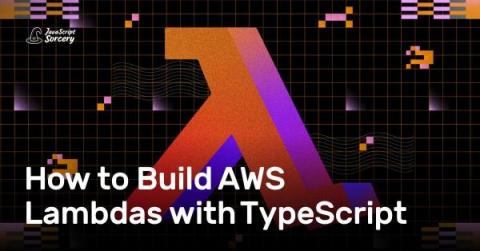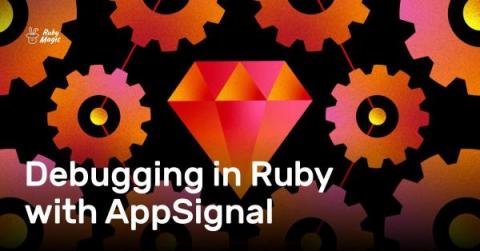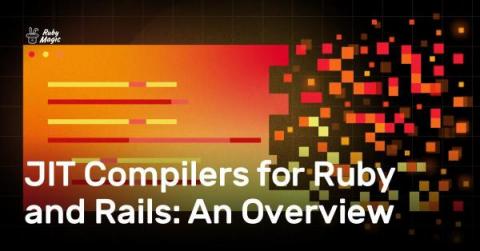Minimize Heap Allocations in Node.js
Memory management has always been a source of huge concern in Computer Science. Each piece of software is assigned a small portion of a computer’s finite memory; this memory has to be well-managed (carefully allocated and deallocated). With its efficient automatic garbage collection mechanism, Node.js tries to handle the tedious task of memory management and free up developers to work on other tasks.









